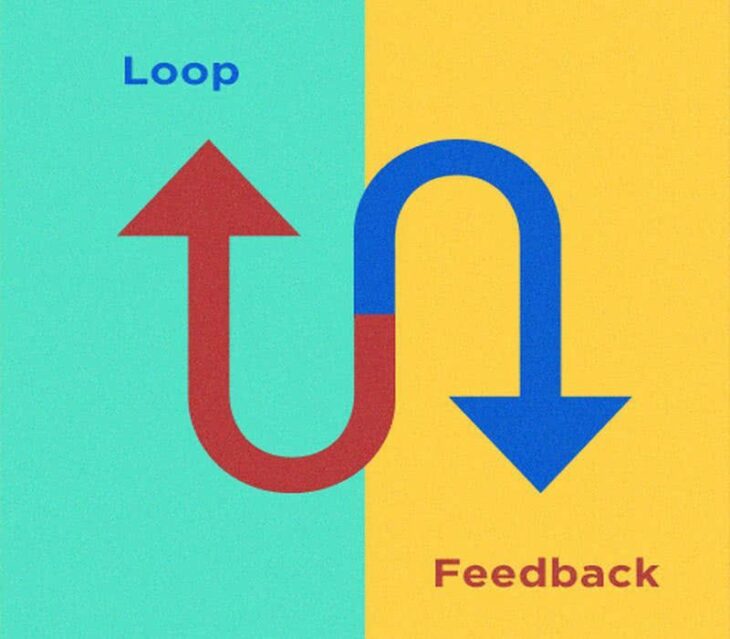10 Tips for Building Effective Customer Surveys

The feedback and insight you can get from customer surveys is invaluable. It enables you to create a more customer-centric experience that positively impacts retention, referrals and your bottom line.
But only if customers are willing and able to fill out the surveys and provide feedback.
Here are 10 tips for creating effective customer surveys that give you the insight you’re looking for.
Try Questback 14 days for free.
1. Be Clear on the Purpose of Your Survey
Why, specifically, are you sending out your customer survey? What results do you want from it? The clearer you are about your purpose, the better your results will be.
Ask yourself these three questions before you create your survey:
_ Why are you conducting the survey?
_ What is the scope?
_ Who do you want to respond to it?
The answers to these questions provide the starting point for an effective customer survey.
2. Get Specific
Make the survey questions as specific as possible.
For example, this question would be far too general: “How much time does it take to do your taxes?”
There are a lot of factors to consider, like gathering your receipts, filling out the tax worksheet from your accountant, figuring out your deductions, mailing the paperwork to your accountant and signing the return before it gets filed. That’s too much information to ask your customers to process while they’re taking your survey.
Instead, a better question would be: “How much time does it take you to fill out your tax worksheet?”
Be specific in order to gain accurate and useful insights from your customers.
3. Put the Questions in the Right Order
Start your survey with “warm up” questions. Ask simple, uncomplicated questions to get your customer acquainted with the survey setting and at ease with the situation.
Then move into the more important and brain-intensive questions.
At the end, ask “cool down” questions about demographics and provide space for additional comments.
This will help take the pressure off your customers, and give them a soft entry into, and natural exit out of, the survey.
4. Offer Enough Alternative Answers
If there are not enough relevant answer alternatives, it could skew your customer survey results.
Take this question for example: “Which of the following features is the most important for you when choosing a smartphone?”
1. Brand
2. Memory size
3. Camera quality
This question is missing alternatives such as phone size, operating system, other, don’t know, etc.
If customers can’t find the answer they’re looking for, often they won’t provide an answer at all. Or if they choose will pick one of the existing ill-suited answers,so the data won’t be reliable.
5. Avoid Leading Questions
Asking questions in a way that consciously or subconsciously prompts an answer for the customer will also skew your survey results.
For example, in the following question, the word “happy” may trigger a falsely positive response: “How happy are you with this product?”
To get honest answers from your customers, avoid these leading questions. A better way to phrase the question would be, “Are you happy or unhappy with this product?”, then enable the customer to rate their experience using a numbered scale.
6. Keep Surveys Short
The longer your customer survey is, the lower the response rate will be. Longer surveys also increase the abandonment rate and the likelihood that customers will resort to ‘satisficing’. This is when respondents select answer options without thought, just to complete the survey quickly.
Also, research shows that the more questions there are, the less time customers spend answering each question. For surveys longer than 30 questions, the time spent per question is nearly half compared to surveys with fewer than 30 questions. To find out more about when long surveys work take a look at this previous blog post.
7. Make it Mobile-Friendly
In today’s mobile-enabled world, you will reach more customers if you create mobile-ready surveys that are designed to work on any smartphone, device or browser.
Mobile devices enable you to capture the customer experience while it is still fresh in the memory and collect valuable in-the-moment insight. This real-time feedback can be 40% more accurate and reliable than feedback gathered just 24 hours later.
The percentage of mobile transactions is expected to continue to rise in coming years. Making your survey mobile-optimized will create a better experience for your customers and improve response rates.
8. Survey at the Right Customer Touchpoints
The best place to implement customer surveys is where customers interact with your company. These customer touchpoints include social media, trade shows, customer service calls, sales calls, an online shopping cart or check-out page — the list is extensive.
Just make sure the purpose of your survey is relevant to the touchpoint. You wouldn’t ask a customer you meet at a trade show to fill out a survey about their online shopping experience.
9. Ask Yourself These Questions Before You Hit Send
If the answer to all of the following questions is “yes,” your survey is probably well optimized.
1. Is the purpose of the survey crystal clear?
2. Are all the questions both relevant and specific?
3. Are the questions written in clear language?
4. Do the answers cover all possible responses?
5. Are the questions asked in a logical order?
10. Continue the Conversation
Your job isn’t over when the customer has completed your survey. The next step is for your company to close the loop.
Reach out to customers who have provided feedback to ensure that their issues are addressed swiftly. This can improve brand loyalty and catch at-risk customers before they become detractors.
Closing the loop also gives your employees a unique opportunity to see the company through the eyes of the customer, and to see how their own roles fit into the larger company strategy.
Every customer response can lead to further conversation and further insight.
Read more about Customer Satisfaction Surveys.










